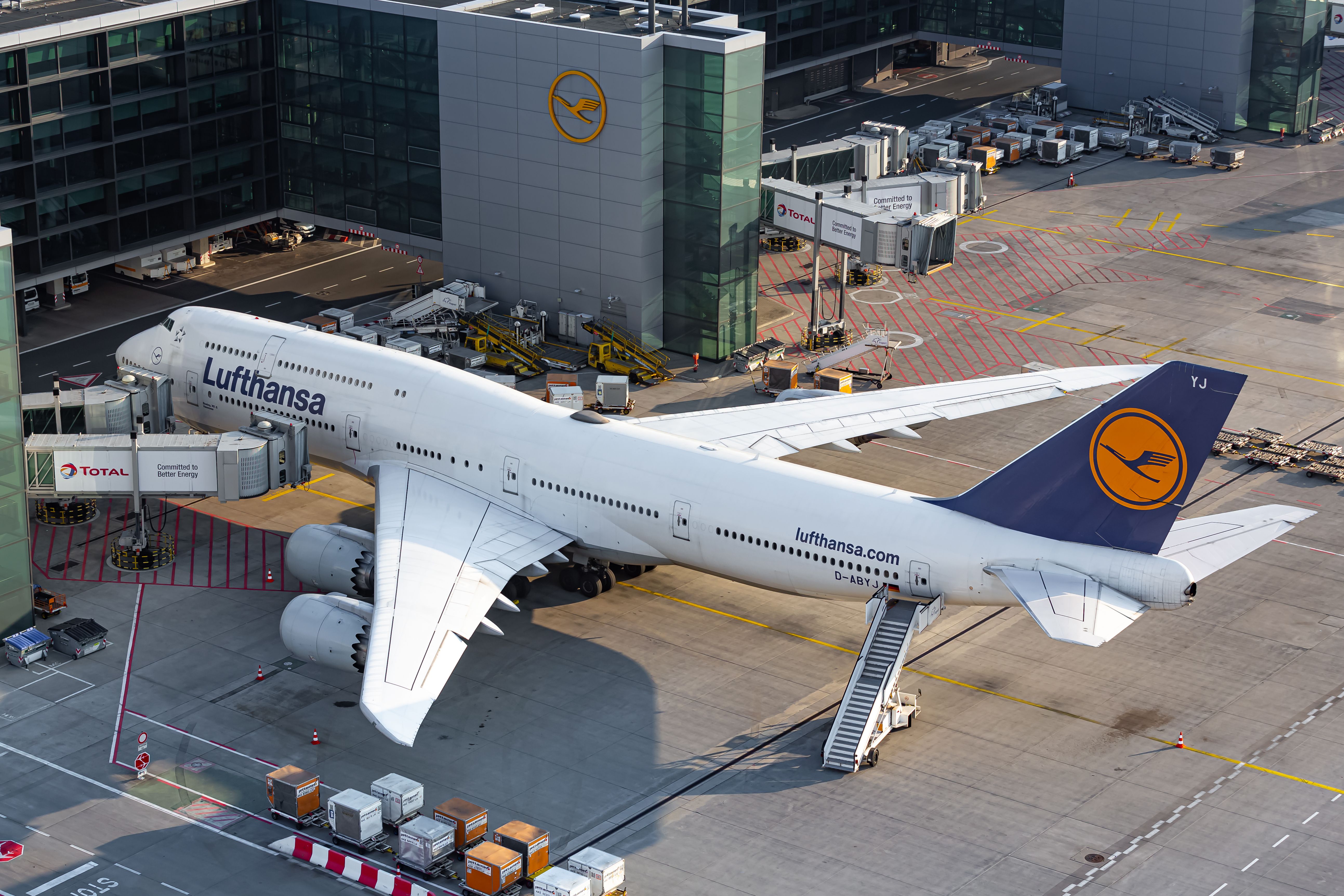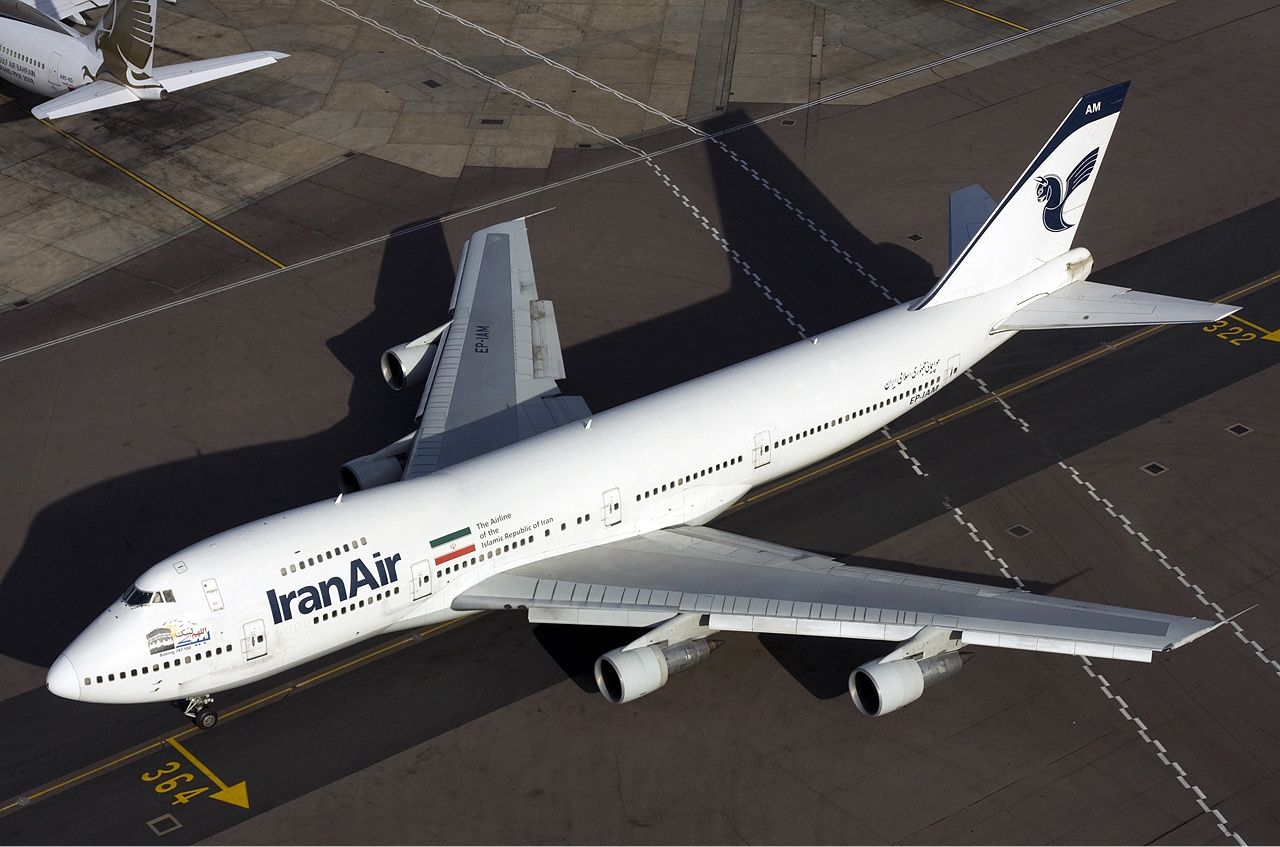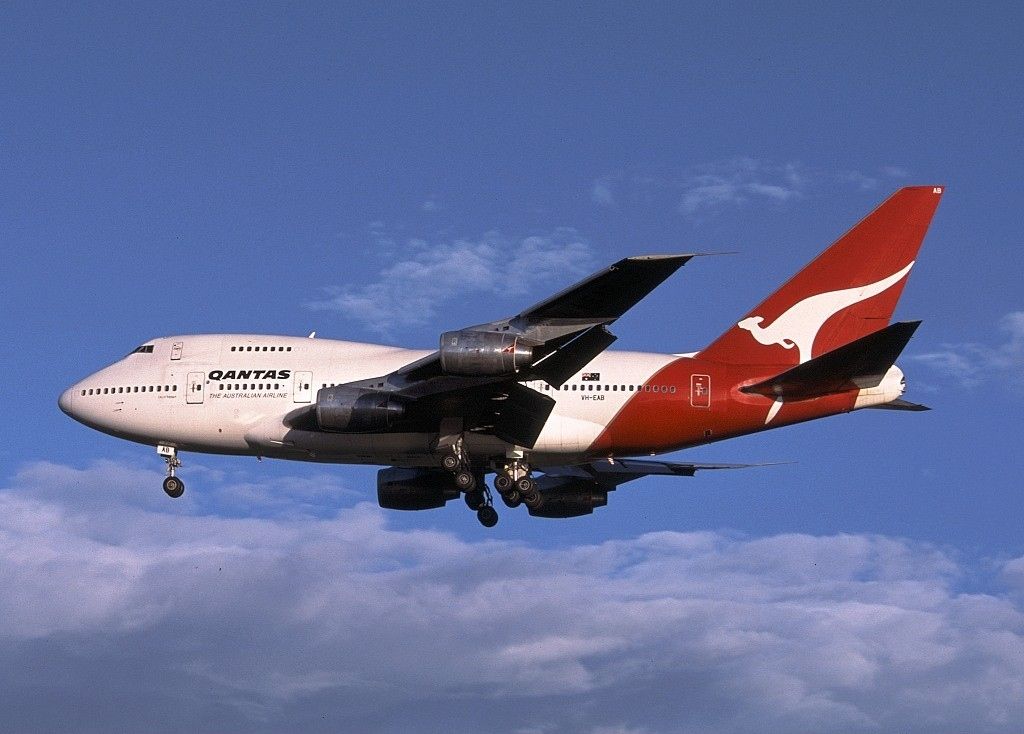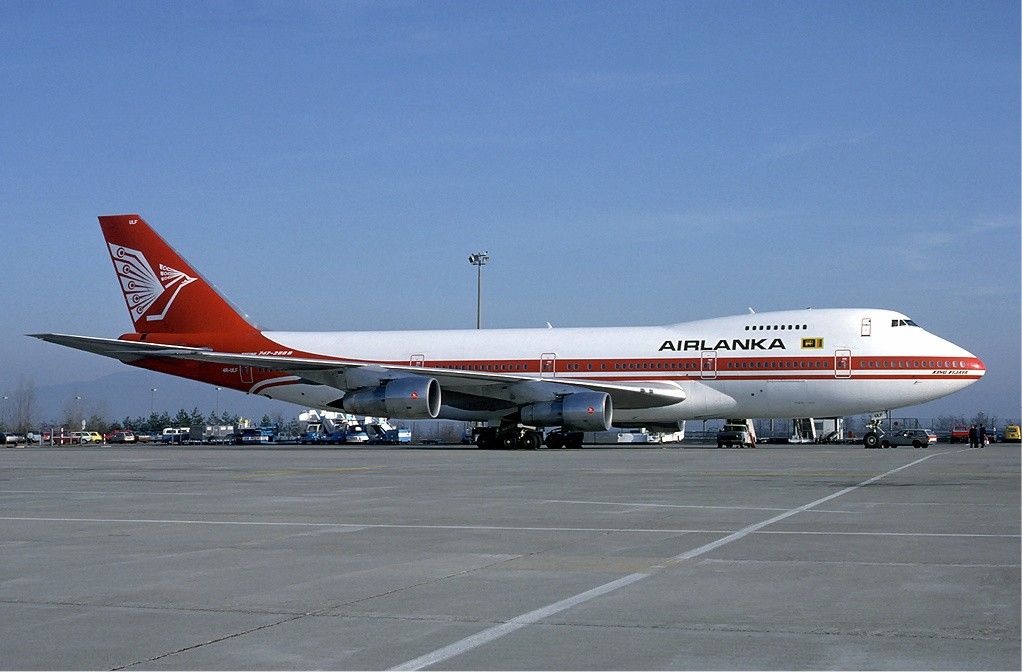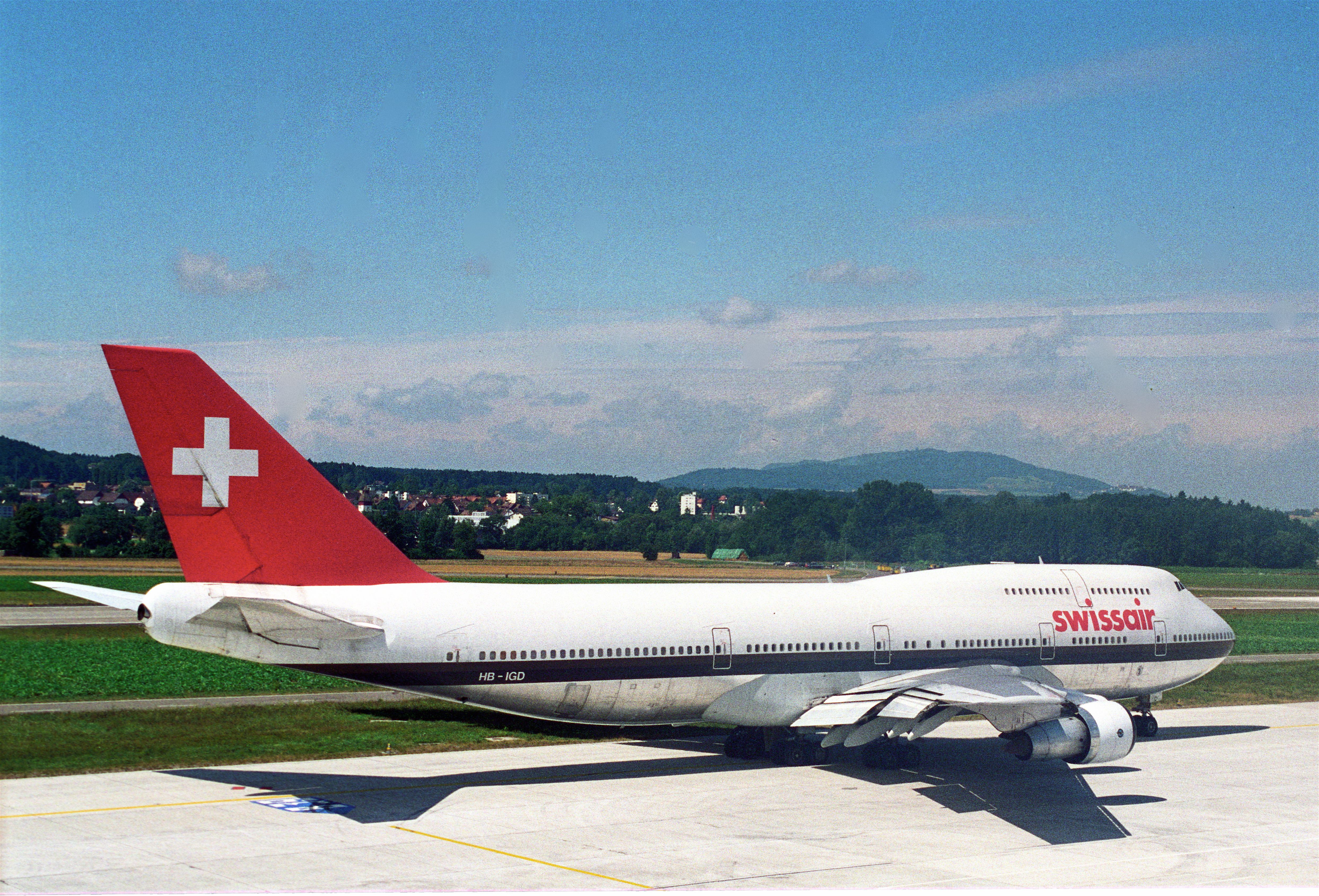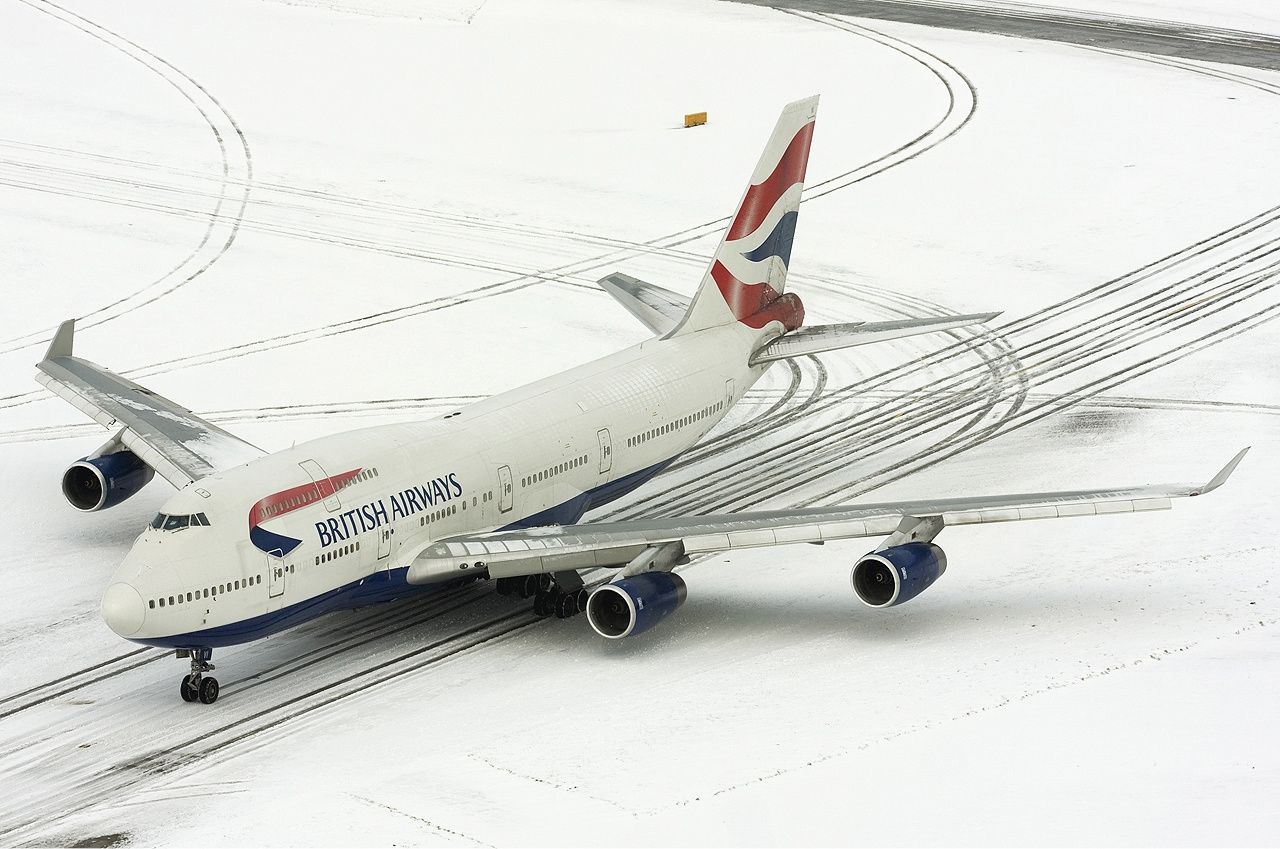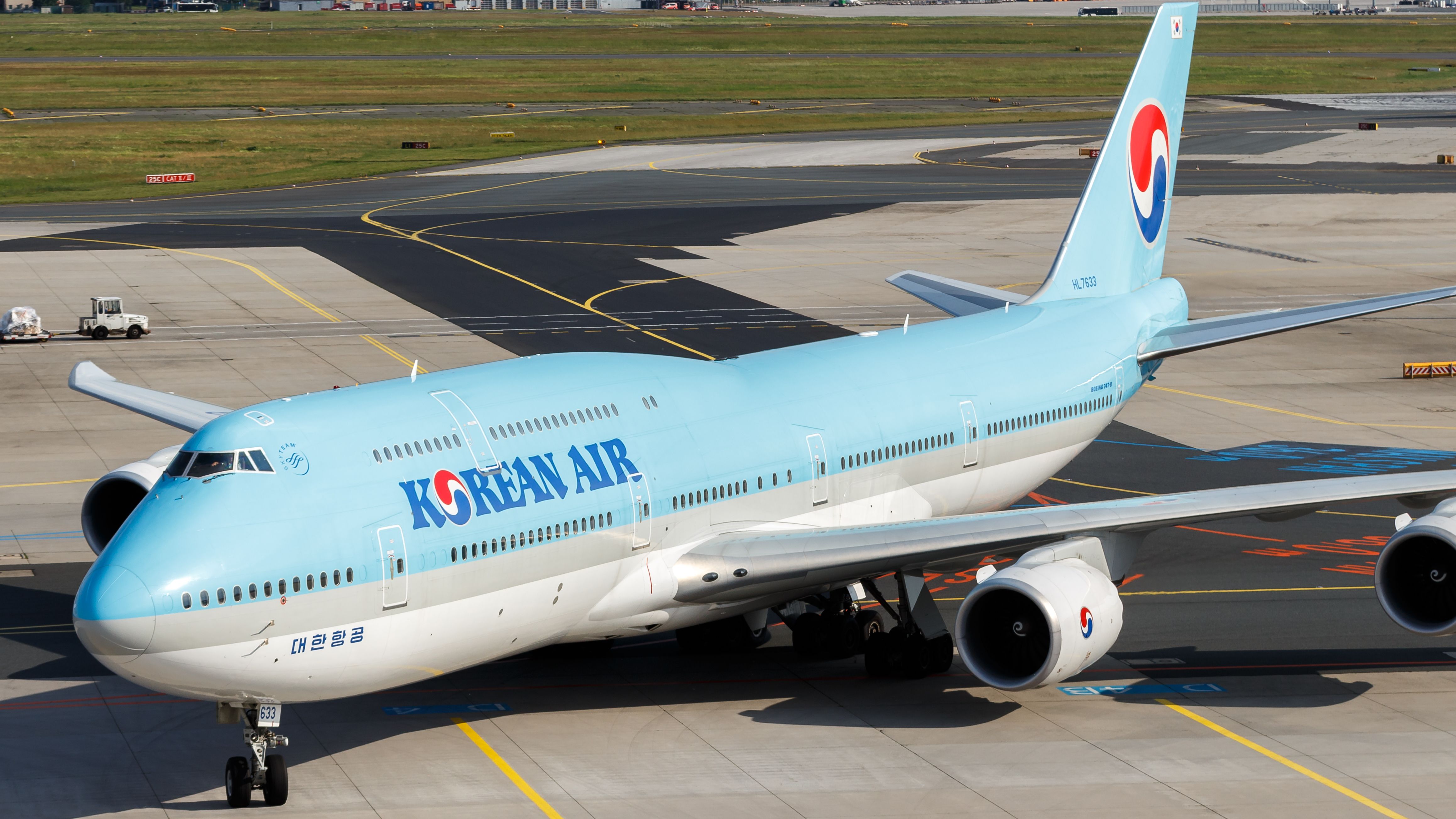It's been an incredible 53 years to the day since the 747 first entered service with Pan Am back on January 22nd, 1970. Despite the years that have passed, the Boeing 747 remains one of the world's most iconic and recognizable aircraft. Dubbed the “Queen of The Skies” and receiving the moniker “jumbo jet,” it is easy to see why the aircraft has garnered so much love and affection from the aviation community. Its quad engines, large size, imposing height, and signature humpbacked second deck remain unrivaled by any other aircraft.
Throughout its historic 54 years of production from 1968 to 2022, the Boeing 747 has undergone several variations. From the original 747-100 to the latest 747-8, the design of the aircraft has been through multiple changes to its exterior features, which could make identification confusing. Here's how to tell the difference between the aircraft's main variants.
An introduction to the variants
Boeing 747-100
The Boeing 747 resulted from the work of some 50,000 Boeing people. Called "the Incredibles," these were the construction workers, mechanics, engineers, secretaries, and administrators who made aviation history by building the 747 in roughly 16 months during the late 1960s.
An original and the first iteration of the Boeing 747 program, the Boeing 747-100 was also the first aircraft ever to feature a partial double deck, giving it its distinct humpbacked look. Boeing had initially intended for the upper deck to accommodate lounge areas, so the initial -100s produced only had three passenger windows per side. This was later upgraded to 10 windows per side of the upper deck. The main deck also consists of 5 main doors.
Boeing 747SP
The next version was the Boeing 747SP, short for special performance. With fuselage sections removed from the forward and aft of the wing, the Boeing 747SP was designed to retain a higher capacity while being capable of landing and taking off from shorter runways.
Similar to the upper deck of the first variant, the Boeing 747SP had ten windows per side. However, the special performance aircraft does feature a noticeably shorter body, and it only had four doors on its main deck and no wing door.
Want answers to more key questions in aviation? Check out the rest of our guides here!
Boeing 747-200
Continuing the Boeing 747 program was the Boeing 747-200, which was generally nearly the same as the first variant. But since new variants are all about improvements, the -200 was designed to be more powerful, allowing for greater range and maximum take-off weight.
The -200 used the same upper deck as the first variant, and some retained the three windows per side. However, most of the -200s produced were built with the regular 10 windows per side upper deck configuration, but none of the -200s had any upper deck doors.
Boeing 747-300
The doors would only be seen on and after the Boeing 747-300, which was designed to improve on the success of the Boeing 747-200 by keeping the improvements it had over the -100 but also increasing the capacity offered by the -200.
Its upper deck featured 20 windows on each side, with emergency exit doors situated in the middle of both sides, between the 10th and 11th windows. Otherwise, the -300's main body features a similar five-door built in the same position as the previous variants.
Boeing 747-400
Then there's the Boeing 747-400, which was designed to be a significant improvement from the previous variant in several ways, including increased range, capacity, and fuel efficiency. There was also the introduction of digital glass cockpits to replace analog gauges and the removal of the flight engineer.
In many ways, such as being the most sold variant to date, the -400 is regarded as the most successful Boeing 747 model out of the program. The -400 retained the extended upper deck of the -300 variant, which also features 20 windows and one emergency exit door per side. The aircraft also featured the standard five main deck doors.
Boeing 747-8
The latest and largest variant out of the Boeing 747 program was the Boeing 747-8. This variant was proposed as a direct competitor to the Airbus A380, which was, at the time, just a concept model by Airbus. As such, major size and performance upgrades were made to the -8.
Featuring an extended version of the Boeing 747-400's already lengthened upper deck, the -8 features 27 windows per side. The emergency exit doors on the upper deck are also placed after each side's 10th window, after which the following 15 windows are located. There is a gap between the 25th and 26th windows, after which the final two windows are located.
A glance at their differing specifications
With a better visualization of how different each variant can be imagined to be, such as how the Boeing 747-100 and 747SP will be notably shorter compared to the Boeing 747-300 variant and onward, let's discuss other differences between the models. From their measurements to wingspan and even the types of engines used, because, as mentioned, the Boeing 747-200 was more powerful.
|
Variant |
Tail height (m) |
Length (m) |
Wingspan (m) |
Winglets |
Engines |
|
-100 |
19.33 |
70.66 |
59.64 |
No |
|
|
SP |
20.06 |
56.31 |
59.64 |
No |
|
|
-200 |
19.30 |
70.60 |
59.60 |
No |
|
|
-300 |
19.30 |
70.60 |
59.60 |
No |
|
|
-400 |
19.40 |
70.60 |
64.40 |
Yes |
|
|
-8 |
19.40 |
76.30 |
68.40 |
No |
|
Did you know we also have an aviation YouTube channel here?
Unfortunately, there are not as many Boeing 747s flying around the skies as before, especially for the earlier variants such as the Boeing 747-300s and before. While a handful of commercial airlines still utilize their Boeing 747-400s and 747-8s, the jumbo jets are more heavily operated by cargo carriers. If you ever happen to spot one, hopefully, this guide made it easier for you to differentiate which variant you've seen.

